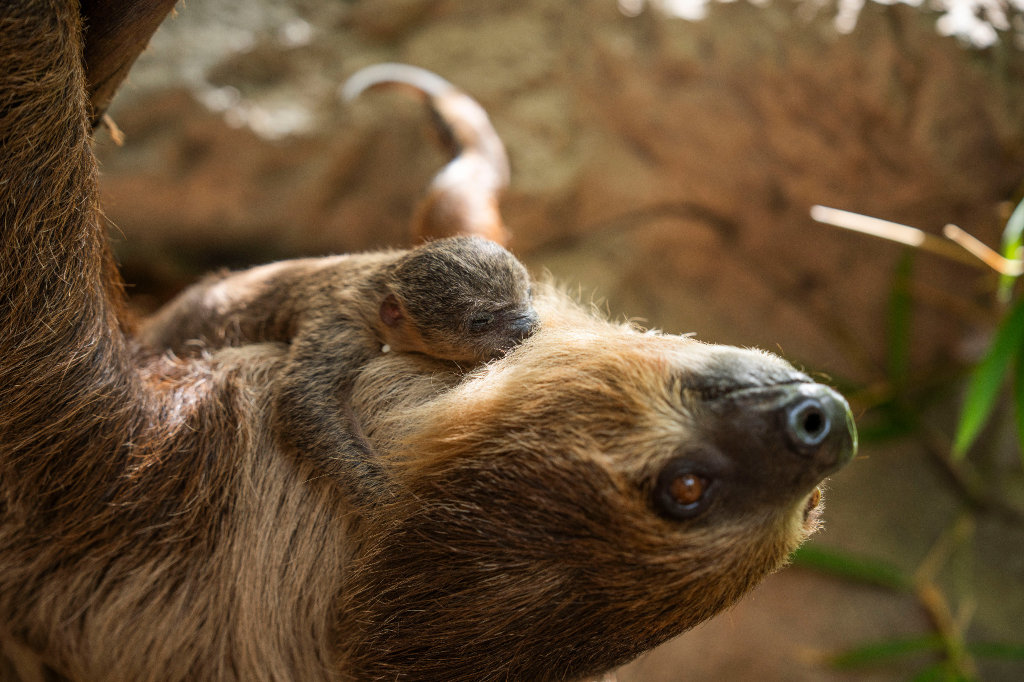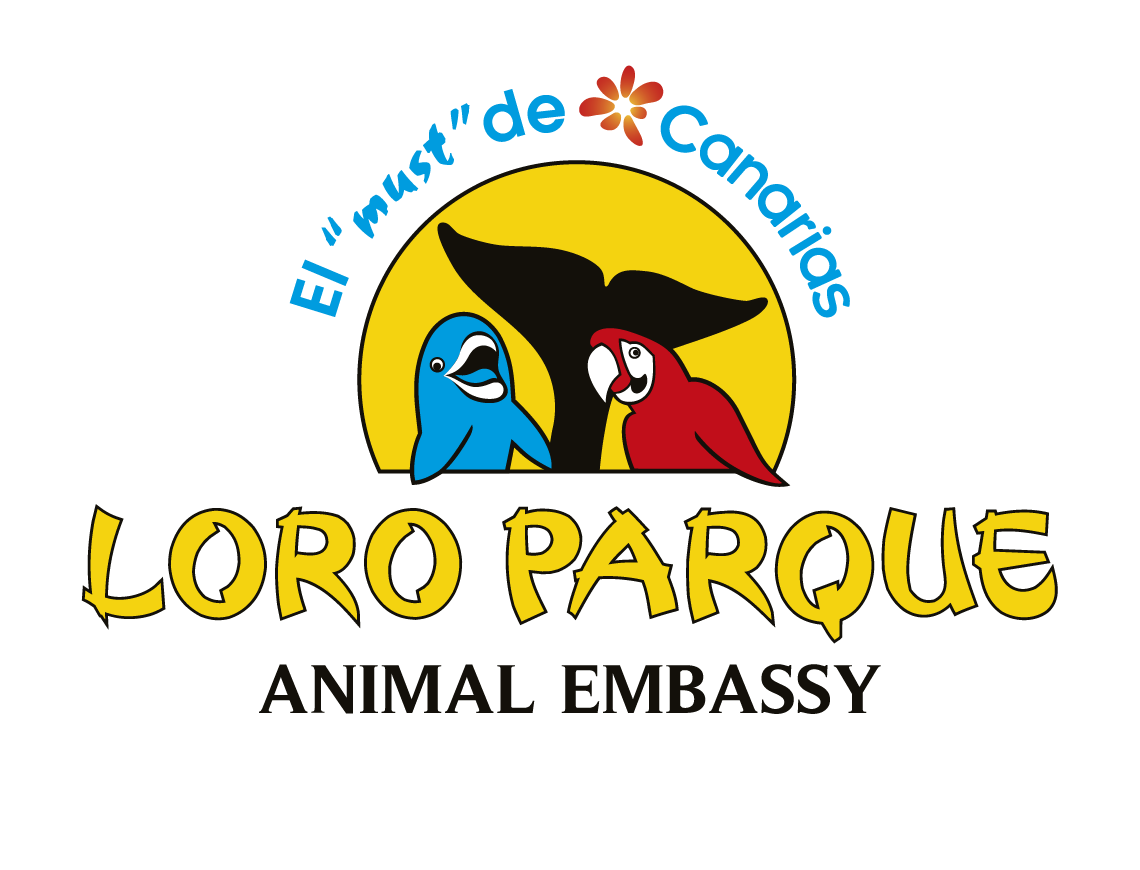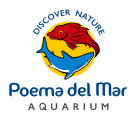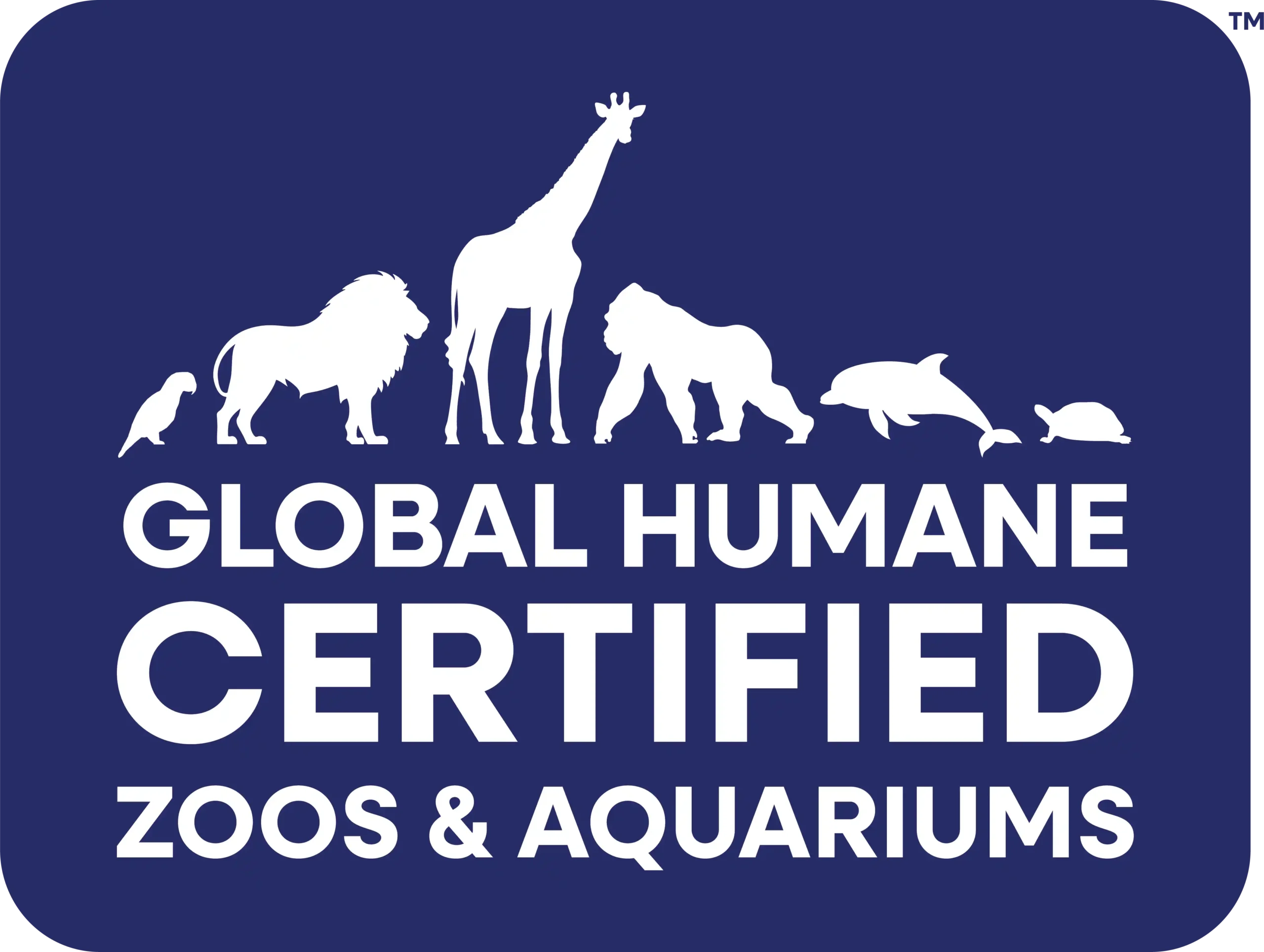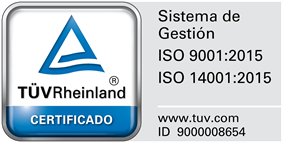In the last two months, a baby orca, a golden lion tamarin and lemurs have also been born, consolidating the park’s benchmark position in species breeding and conservation.
Loro Parque confirmed this week the birth of a two-toed baby sloth (Choloepus didactylus), an event that reinforces its role as a biodiversity protection centre and adds to a particularly fertile period for the park. In the last two months, a baby orca (Teno) was born, as well as baby tamarins and lemurs, marking a real “baby boom” in its facilities.
The sloth was born on the 16th of June and is in perfect health under the close supervision of the park’s team of veterinarians and caretakers. In the coming weeks it will begin to eat solid food and explore its surroundings in an enclosure designed to faithfully recreate the species’ tropical habitat.
The baby’s mother, Pauline, arrived at Loro Parque in 2021 from the Schönbrunn Zoo in Vienna as part of the Exsitu Programme (EEP) of the European Association of Zoos and Aquaria (EAZA). This programme, which involves around 500 species, aims to maintain the health and sustainability of endangered populations. Since then, Pauline has been paired with Hugo, one of the park’s resident males. This birth represents a success in terms of both breeding and cooperation between European zoological institutions.
Wolfgang Kiessling, president of the Loro Parque Group, explained: “Our commitment to conservation and animal welfare is reflected in births like this, as well as in the scientific work we carry out on an ongoing basis”. He also added that “these advances contribute to guaranteeing the survival of vulnerable species and demonstrate the value of breeding programmes under human care”.
The new baby sloth will share space with other species of South American origin, such as tamarins and other small primates, iguanas, tortoises and armadillos. The two-toed sloth is characterised by its arboreal habits, slow metabolism and calm demeanour, qualities that arouse great interest among both visitors and conservation experts.
Rafael Zamora, Chief Scientific Officer of Loro Parque Fundación and a biologist specialized in zoology, emphasized that “the breeding of species such as the two-toed sloth in controlled conditions allows us to better understand their physiological needs and behavioural development from the earliest stages of life. Each birth is an opportunity to advance scientific knowledge and apply continuous improvements in animal welfare.
Breeding under human care is an essential tool for the conservation of biodiversity. In this field, centres such as Loro Parque have proven to be benchmarks, achieving consistent results in the protection of endangered species.
With more than 50 years of experience, Loro Parque has established itself as one of the most important conservation centres in the world. Thanks to its commitment, thousands of chicks of exotic and endangered species have been born in its facilities, breaking all historical breeding records compared to previous decades. This achievement not only reflects the success of its animal welfare strategy but also its decisive contribution to the preservation of global biodiversity.

